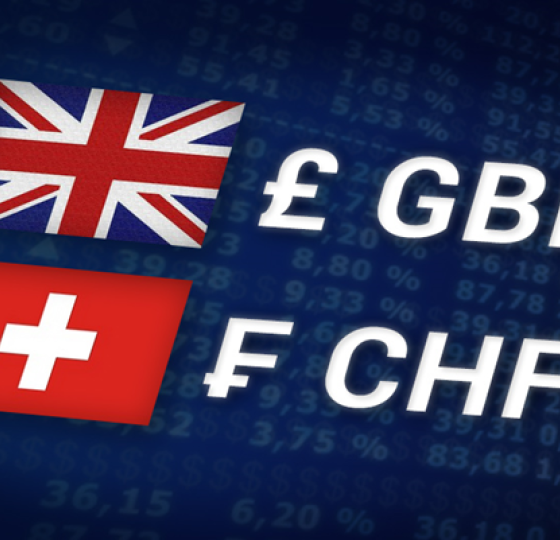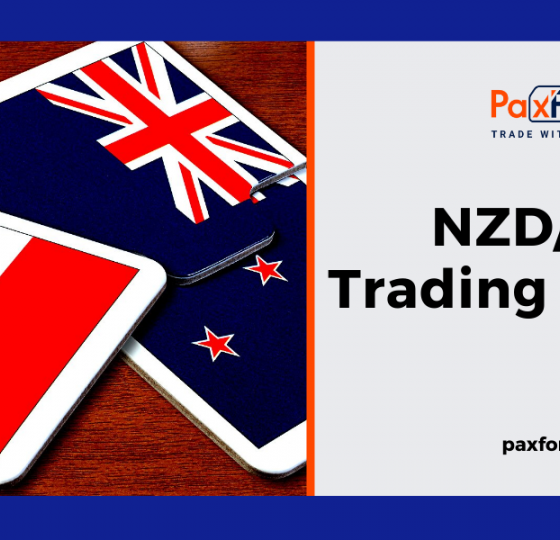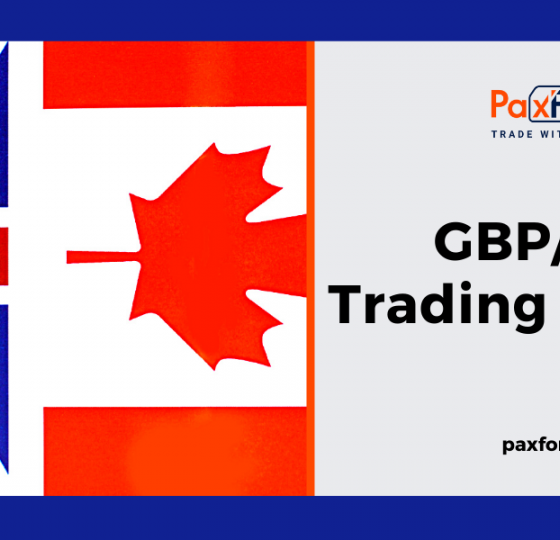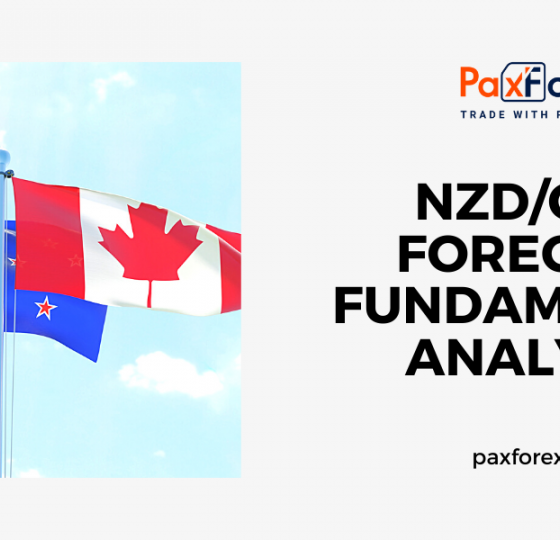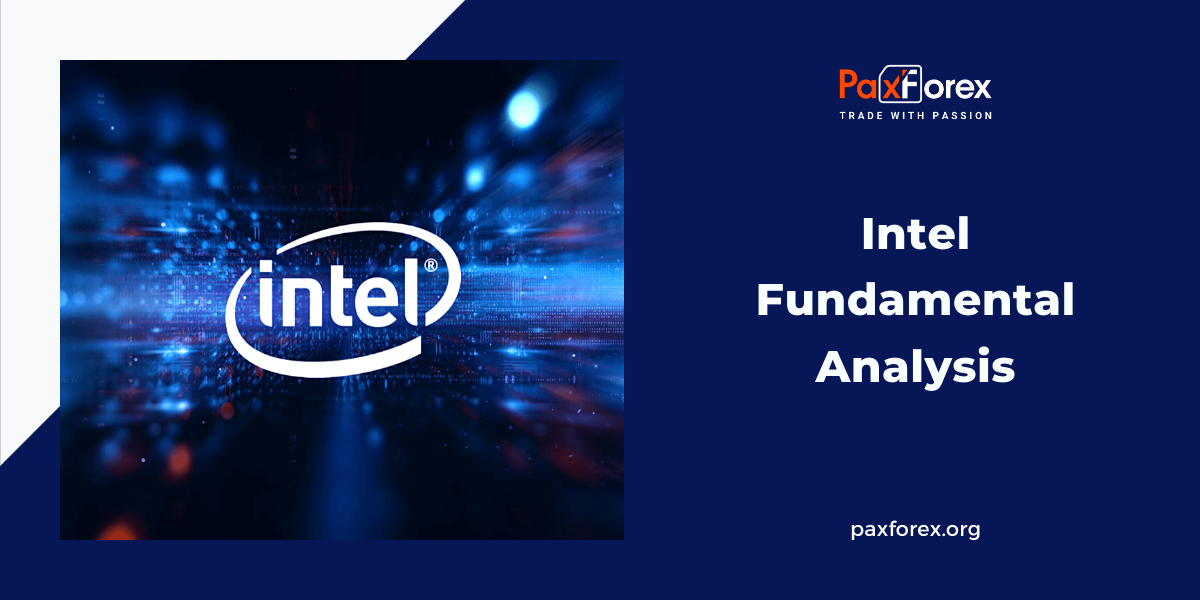
Source: PaxForex Premium Analytics Portal, Fundamental Insight
Intel has become one of the most contested stocks this year. The company's shares, primarily known for its PC CPUs, took a nosedive in early August. This followed its second-quarter earnings report, which fell short of analyst expectations, weak third-quarter guidance, the elimination of its dividend, and a restructuring plan that involved cutting 15% of its workforce, equating to around 15,000 jobs.
Following this news, Intel’s stock dropped below $20 but has shown signs of recovery. The company secured a $3 billion contract with the US Department of Defense and expanded its partnership with Amazon, which will see Intel's foundries producing AI chips for the tech giant.
Recent developments have also suggested that Intel's stock might be undervalued. Qualcomm, a major player in the chip industry with a market value of nearly $200 billion, has reportedly shown interest in acquiring Intel. Private equity firm Apollo Global Management has also proposed a $5 billion investment in Intel stock, signaling confidence in the company's potential turnaround.
Investors are questioning why Intel's valuation appears so low. Various methods can be used to assess its value, so it’s worth diving into the numbers. In a sector where many chip stocks are thriving, Intel seems to be lagging. Its stock price is hovering around $22, making it the lowest in the Dow Jones Industrial Average. However, a low share price doesn’t provide a complete picture of a company's valuation.
Looking at Intel's price-to-sales (P/S) ratio, the company appears to be more affordable than its peers, with a P/S of 1.7. This is significantly lower than competitors like AMD, Nvidia, and Taiwan Semiconductor. If Intel’s margins were to improve, its lower revenue-based valuation suggests the stock has room to rise.
However, Intel faces major challenges. Its profitability has suffered in recent years, which is crucial for investors. On an earnings basis, Intel is more expensive than rivals like TSMC and Nvidia, and unlike them, Intel isn’t seeing profit growth.
From a free cash flow perspective - a metric favored by many investors - Intel's situation looks even worse. The company has reported negative free cash flow of $10.4 billion over the past four quarters, largely due to heavy investment in its foundry business. Meanwhile, many of its competitors are reporting record-high free cash flow, spurred by the boom in AI.
The argument that Intel is undervalued - which potential buyers like Qualcomm and Apollo seem to believe - rests on the idea that the stock's issues are temporary. Intel is uniquely positioned to benefit from the growing demand for chip manufacturing, especially in the US, where the AI revolution is driving up demand.
Unlike fabless competitors like Nvidia and AMD, Intel owns its manufacturing foundries, giving it a strategic advantage. CEO Pat Gelsinger has set ambitious goals for Intel Foundry Services, aiming for 30% adjusted operating margins by 2030 in its foundry division, and 40% in product margins. If Intel maintains its current P/S ratio and achieves these margins, the stock could trade at a much more favorable P/E ratio, leading to a likely surge in value.
While those 2030 forecasts may seem optimistic after recent challenges, Intel's foundry business holds a strong strategic position, especially with US government support through the CHIPS Act, which aims to reduce reliance on Chinese manufacturing.
Intel has also introduced its AI chip, the Gaudi 3 accelerator, which the company claims outperforms Nvidia’s H100. However, it may take a few quarters to gauge how well the Gaudi 3 performs in the market.
Describing Intel as a bargain requires looking past a history of missed opportunities and product failures. Still, there is value in the company. The real question is whether the current management can unlock that value. If Gelsinger can achieve his 2030 targets - or even come close - Intel’s stock could experience significant upside.
As long as the price is above 21.00, follow the recommendations below:
- Time frame: D1
- Recommendation: long position
- Entry point: 23.85
- Take Profit 1: 26.00
- Take Profit 2: 28.00
Alternative scenario:
If the level of 21.00 is broken-down, follow the recommendations below:
- Time frame: D1
- Recommendation: short position
- Entry point: 21.00
- Take Profit 1: 19.00
- Take Profit 2: 17.00


